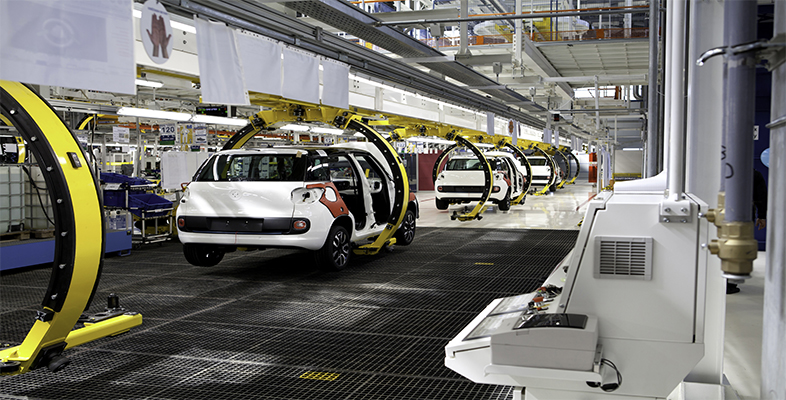1.1 Engineers and risk
The role of the engineer in identifying and managing risks has been recognised by the engineering profession. Among its aims and objectives, the UK’s Engineering Council stresses the importance of a proper balance between efficiency, public safety and the needs of the environment when carrying out engineering activities. The Council’s guidance for institutional codes of conduct expects engineers to address risk thoroughly – applying in-depth, long-term thinking – so that they may help to encourage greater awareness of risk in others with whom they work. The key elements of the Engineering Council’s Guidance on Risk are listed below.
- Apply professional and responsible judgement and take a leadership role.
- Adopt a systematic and holistic approach to risk identification, assessment and management.
- Comply with legislation and codes, but be prepared to seek further improvements.
- Ensure good communication with the others involved.
- Ensure that lasting systems for oversight and scrutiny are in place.
- Contribute to public awareness of risk.
Points 4 and 6 are often neglected, but are an important part of the engineer’s role. Without good communication of the risks, the public, politicians and regulators may prevent a low-risk project from taking place or allow a dangerous project to proceed. The communication of risk is covered in Section 2.
For now, you need to think about the situations where you are likely to be considering risk at work. A few examples are:
- the risk of failure of a structure
- health and safety risk, such as exposure to harmful chemicals or things you might trip over
- the risk of whether a cheaper solution to a problem will still do the job without compromising safety, quality, profitability, environmental protection, and so on.
Figure 1 outlines some of the different aspects of risk you could encounter in your professional life.
Some of the risks mentioned in Figure 1 are important because of their economic consequences, such as loss of production, equipment failure, increased maintenance costs or perhaps early replacement. But these are not the only concerns. Health and safety risks in the engineering profession can be substantial. What can happen if things go wrong? Well, in the very worst case, as a result of actions, decisions or perhaps inactions, people may die or suffer serious injuries, or serious environmental damage may be caused.

